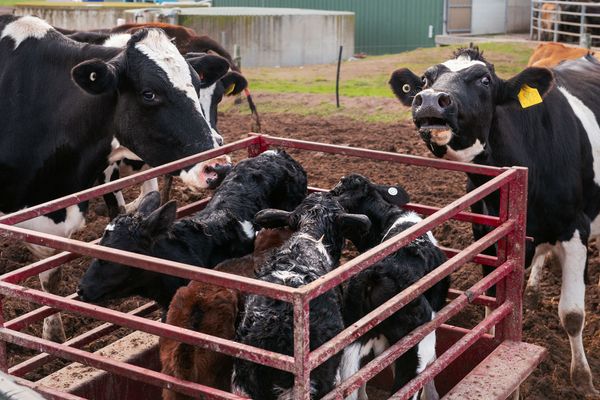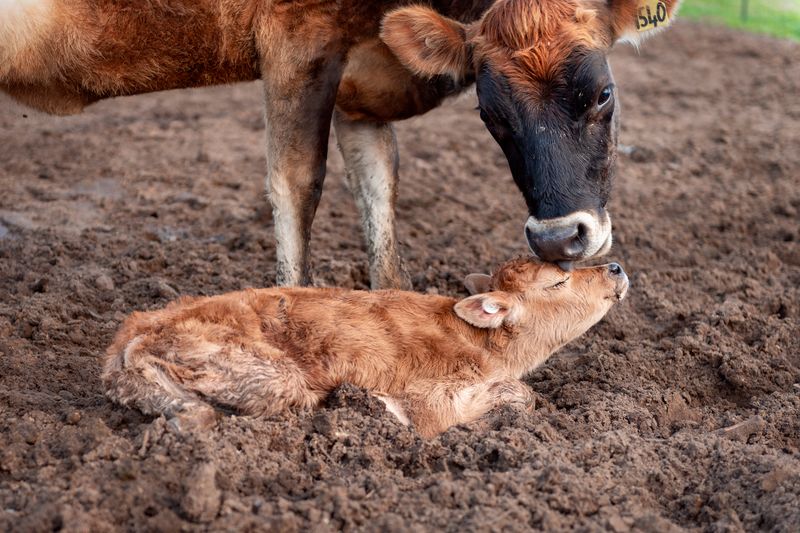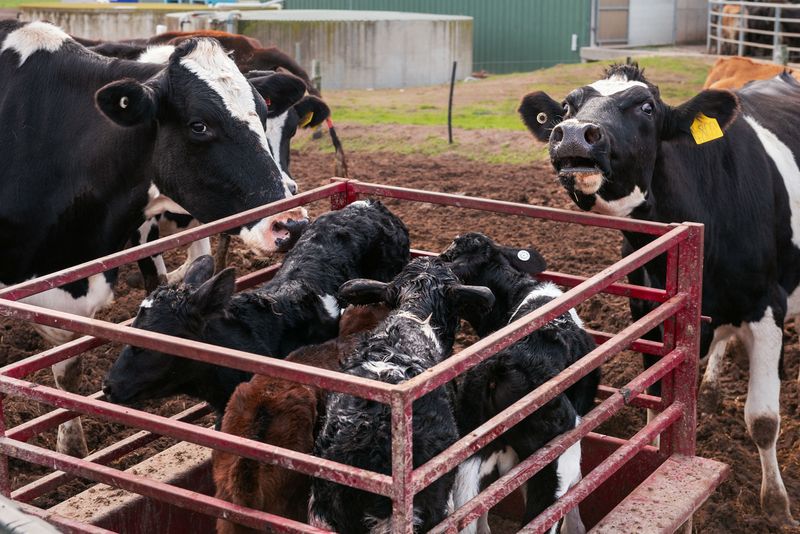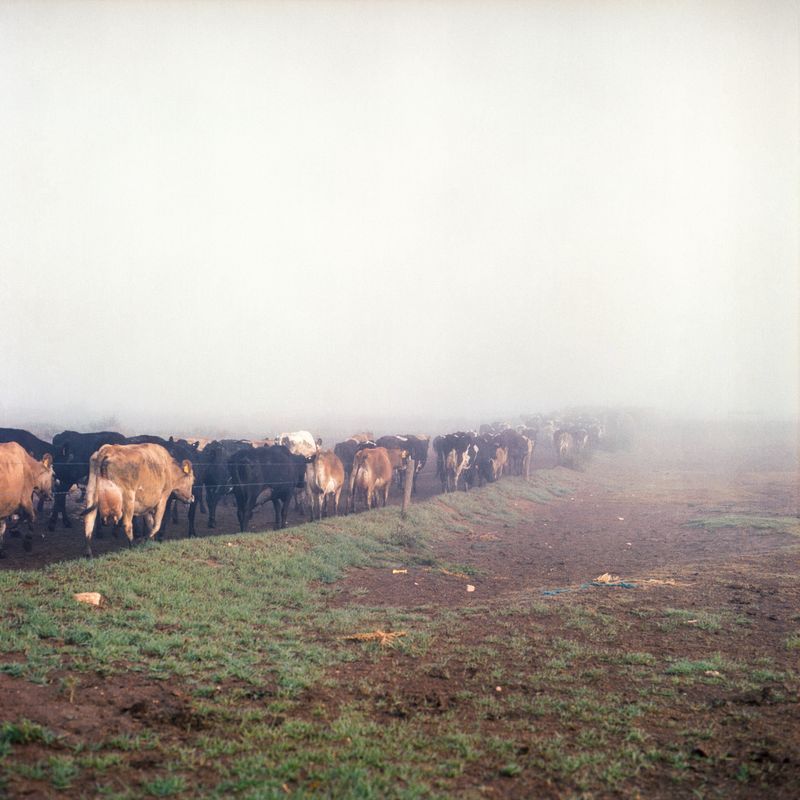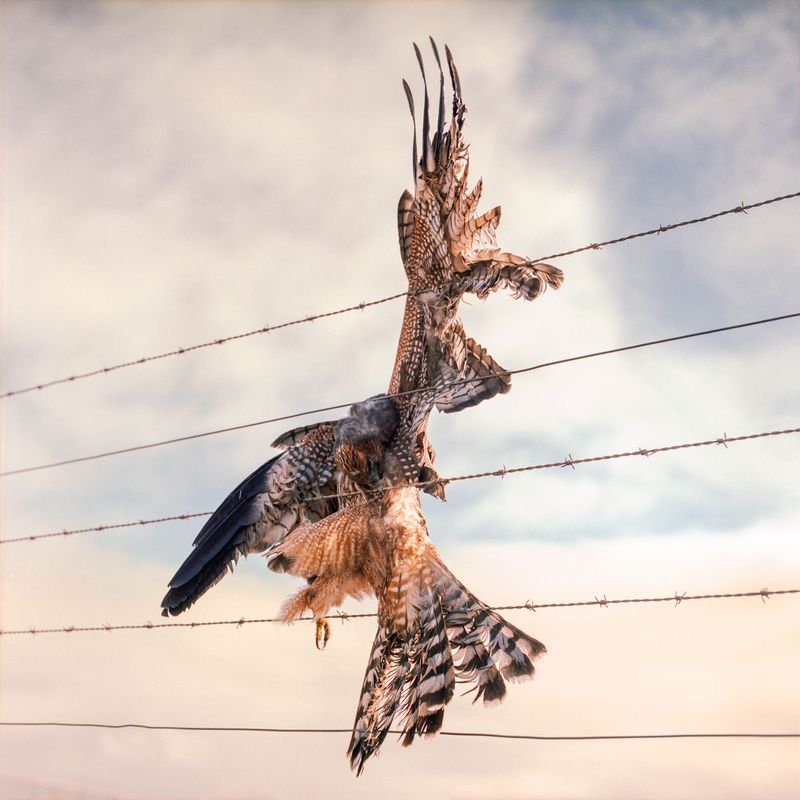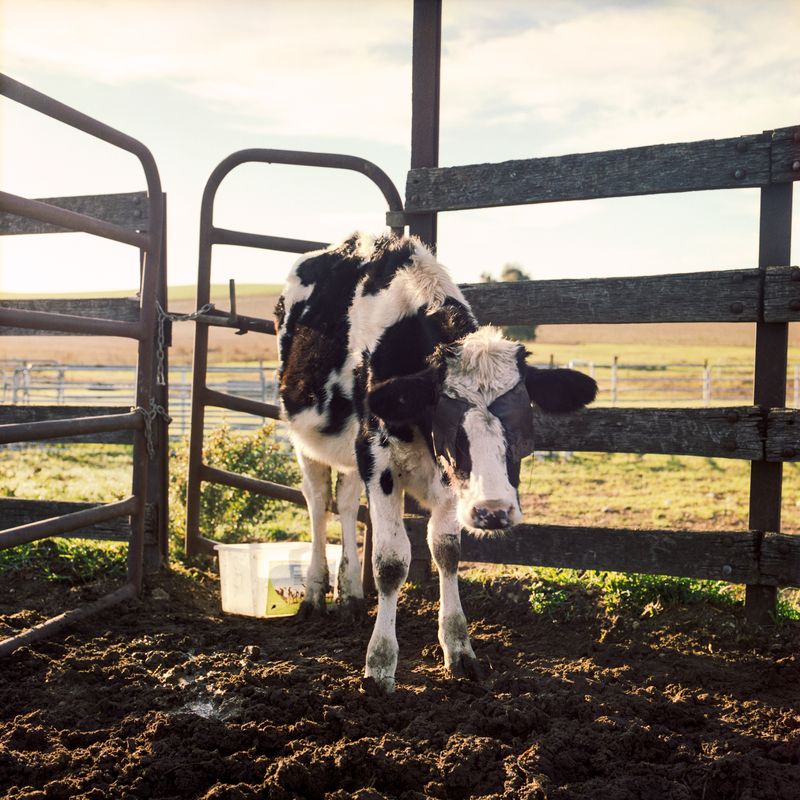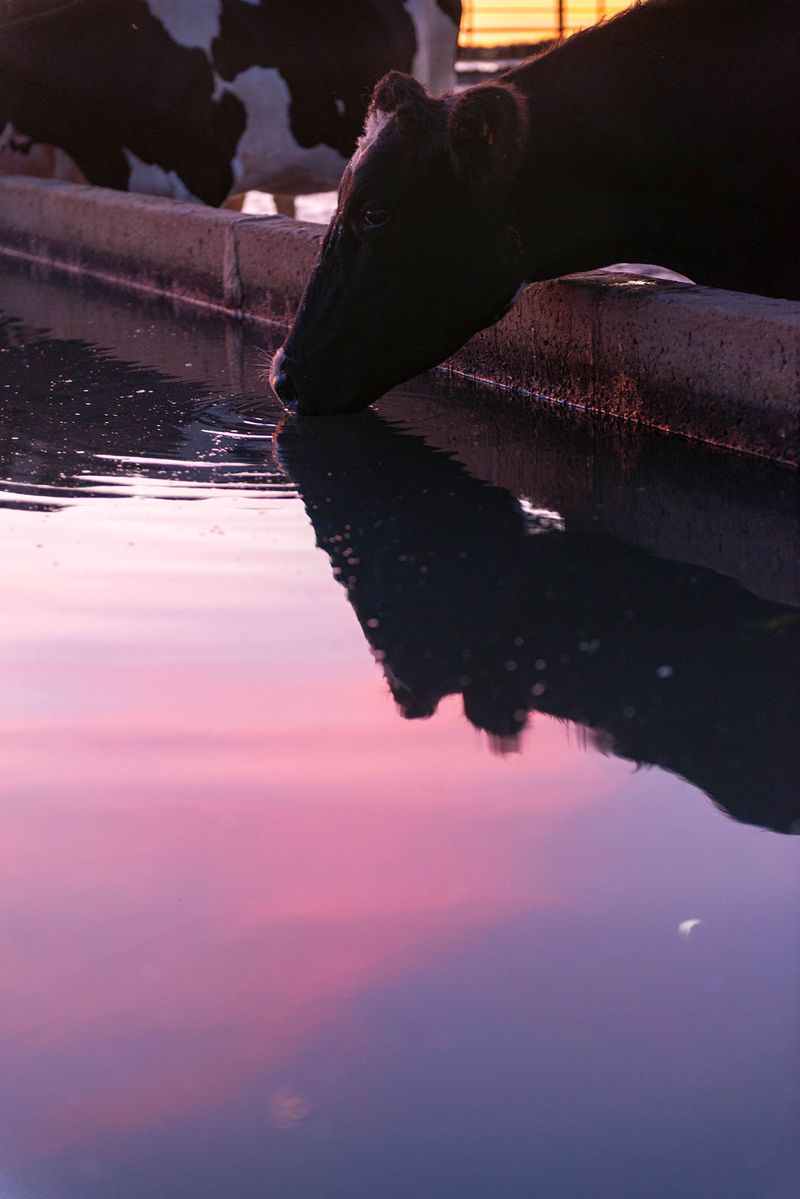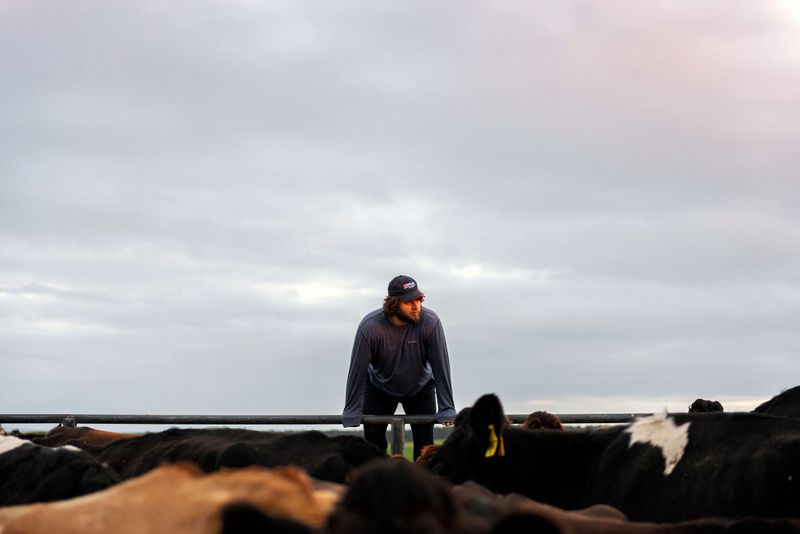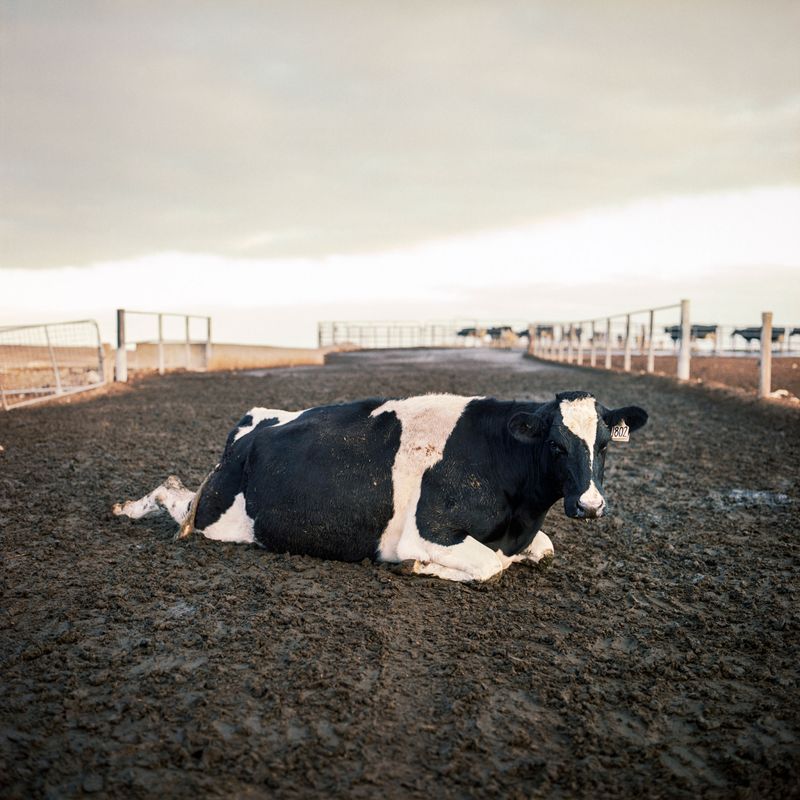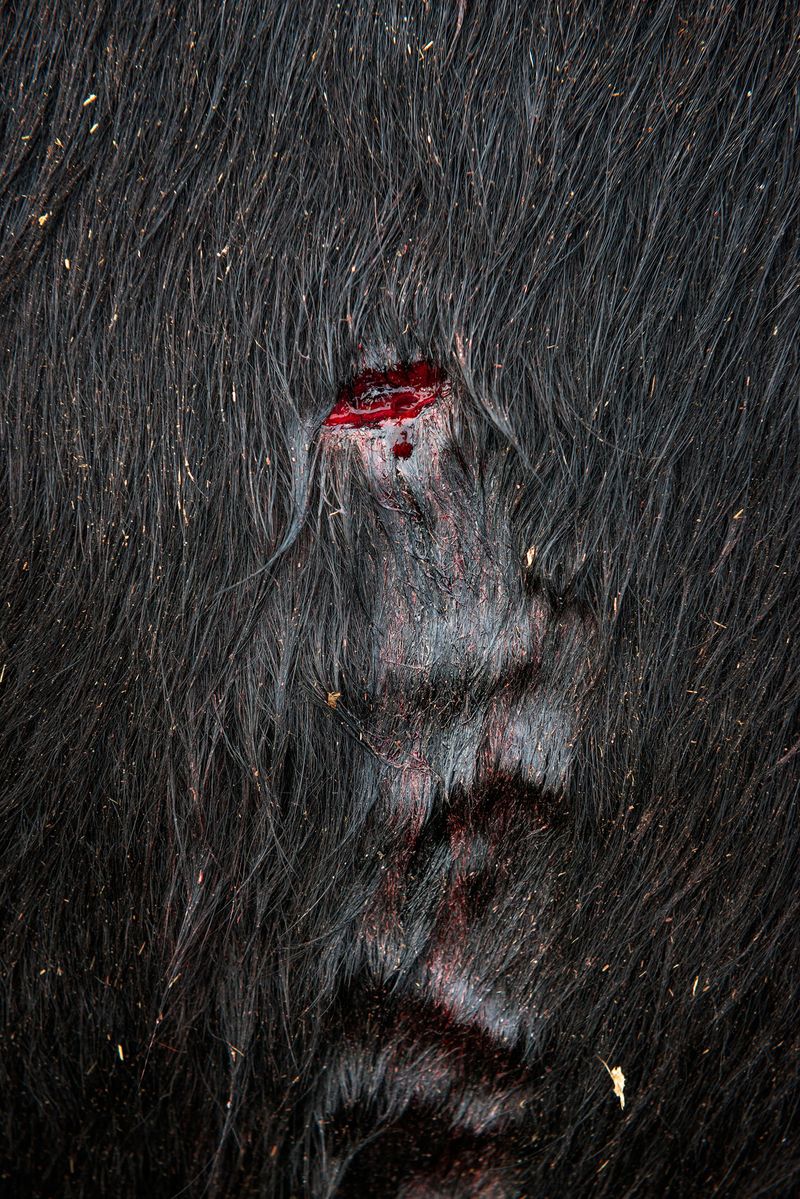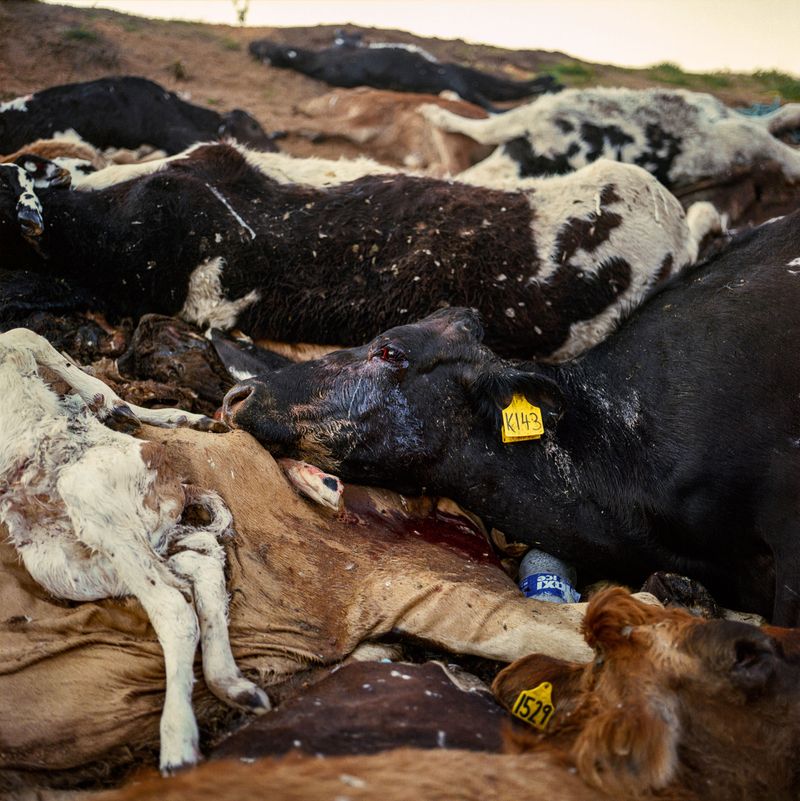To All the Bobbies Out There
-
Dates2019 - 2019
-
Author
- Topics Contemporary Issues, Documentary
Documentation of animal cruelty, environmental and social issues within the dairy industry.
In 2019, I moved from Estonia to Australia on a Working Holiday Visa. I found my first job on a dairy farm as backpackers have to meet regional work requirements in order to extend our stay in the country.
I felt uneasy before starting work on the dairy farm due to my concerns about animal welfare. By that time, I had given up meat, but I believed that dairy production was not that bad. Yet I was not prepared for what I was about to witness on a commercial dairy farm.
Throughout my time on the farm, I realised how animal abuse is an inherent part of dairy farming. On all dairy farms, female animals are impregnated almost yearly. Even though cows can live up to 20 years, most dairy cows are sent to slaughter at around age 6. Young animals are taken away from their mothers as early as right after birth, which causes tremendous distress to the cow as well as the calf. While female calves are reared for future dairy production, male or bobby calves are mostly sent to the slaughterhouse as they are considered a waste product. Besides what is considered normal in dairy production, I witnessed numerous accounts of neglect and abuse–cows physically attacked, inexperienced workers causing animal deaths, and disabled animals left to perish.
Sending tens of thousands litres of water down the drain every day, just to clean up the yard after milking, made me realise how harmful the industry is to the environment. Receiving wages below the legal minimum and witnessing how workers’ rights were violated, I learned how animal agriculture not only exploits animals, but oftentimes even people.
While the focus of this project is on animals, I also consider environmental and socioeconomic issues.


